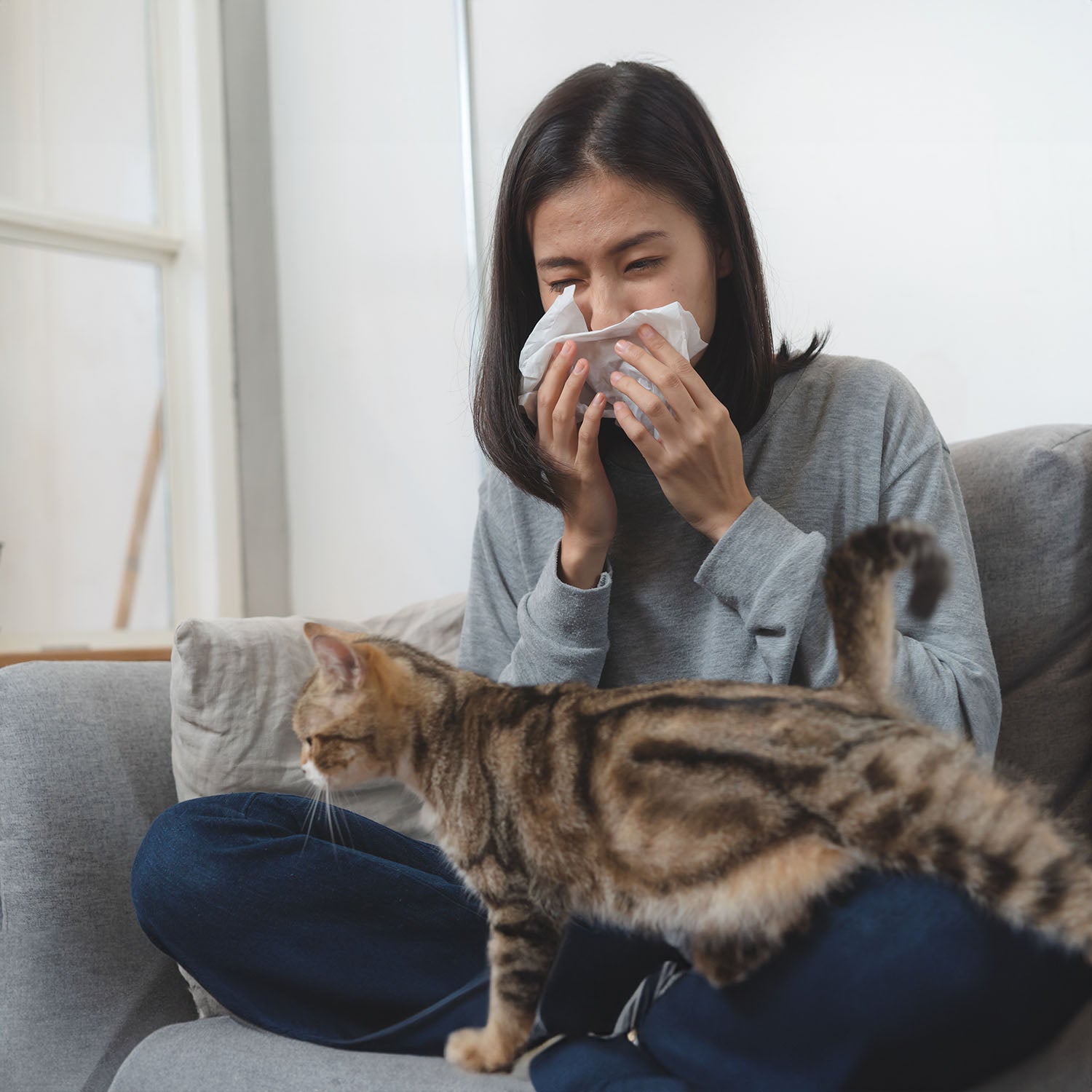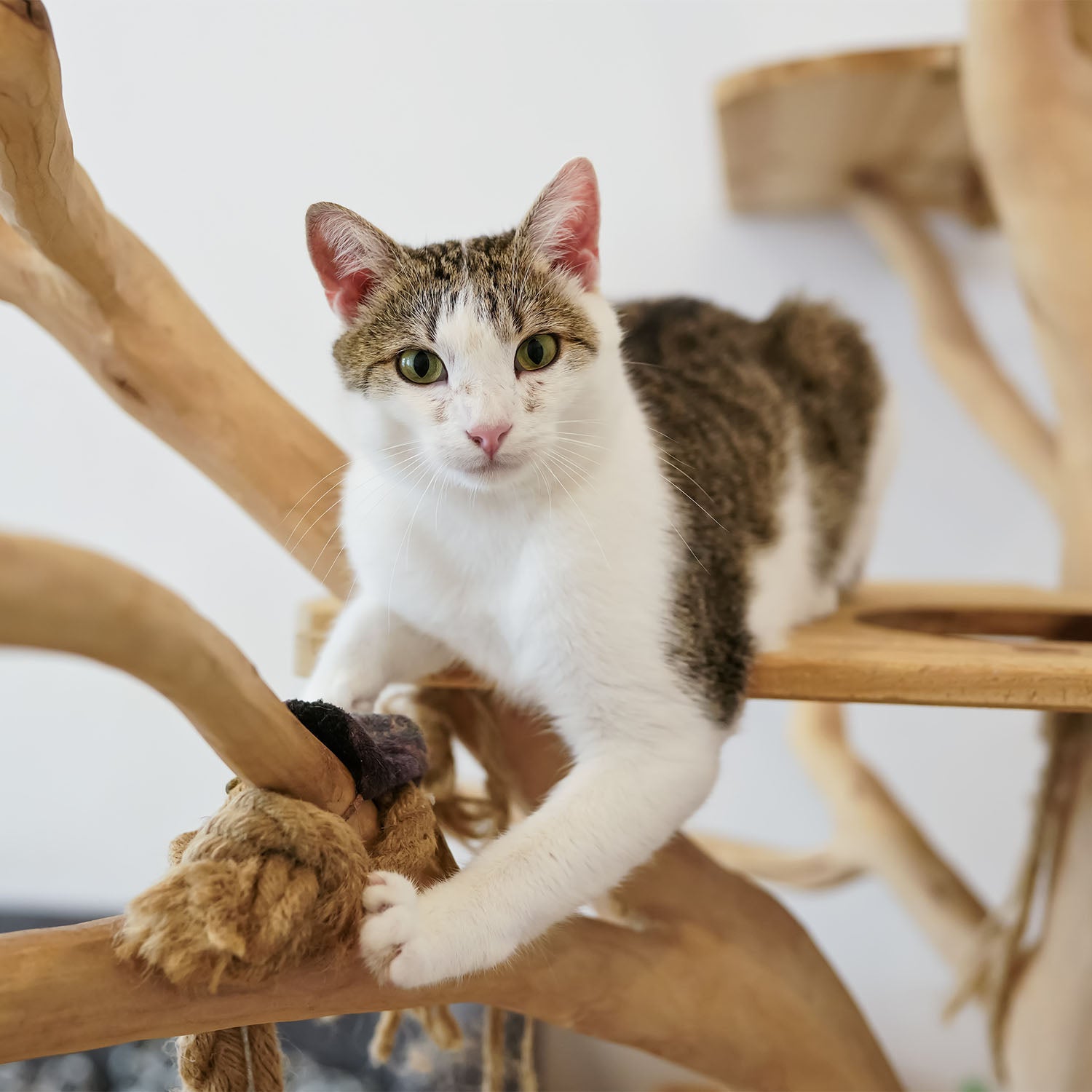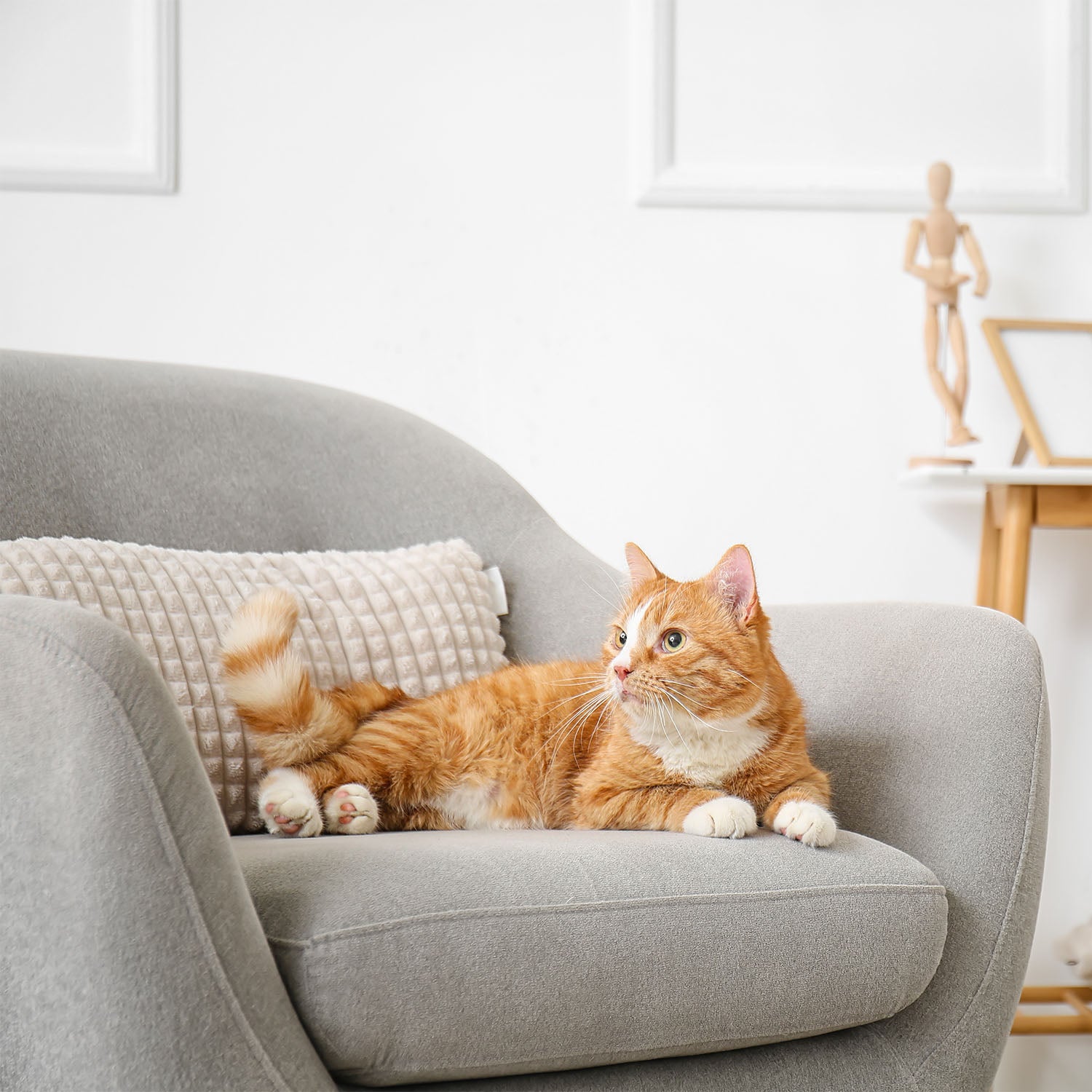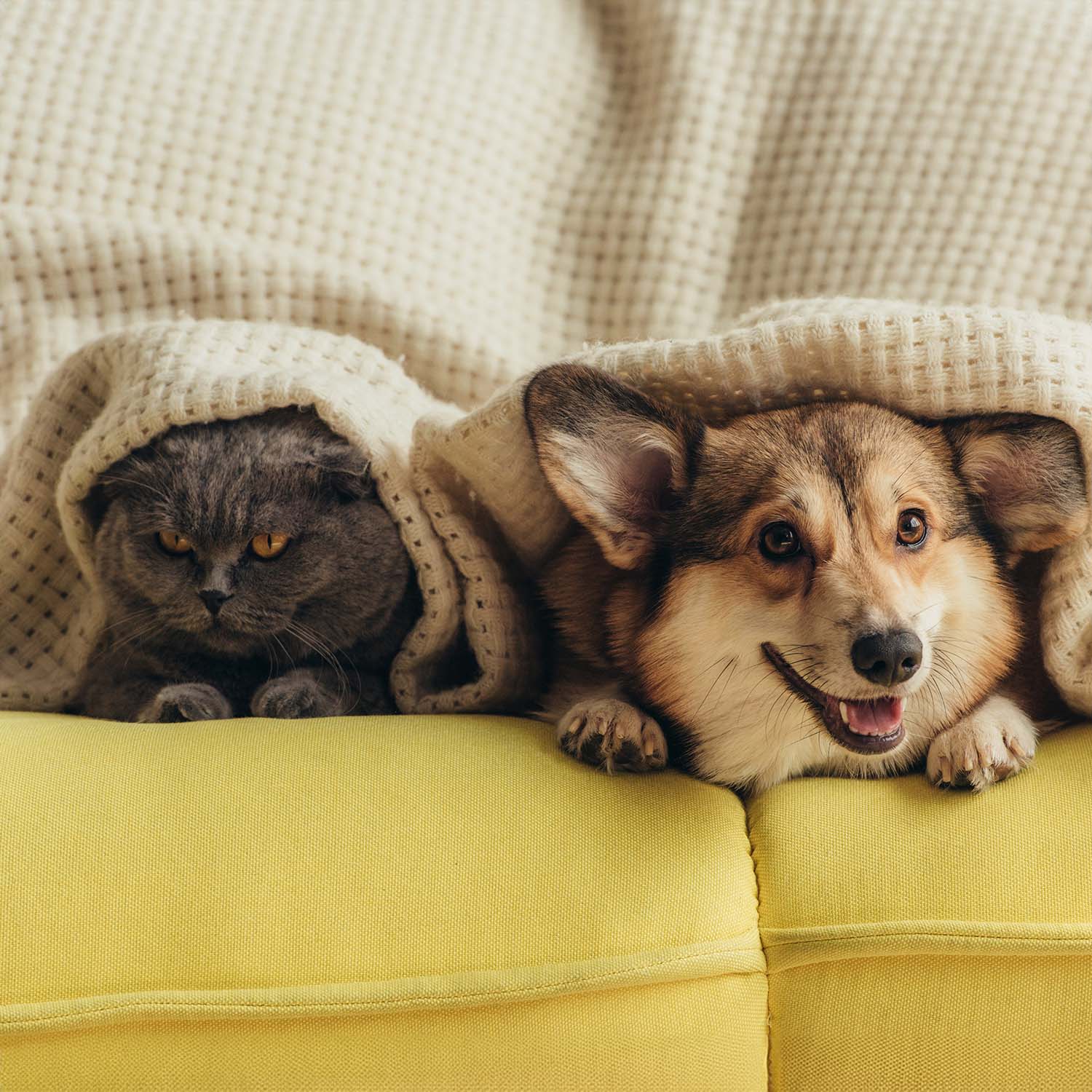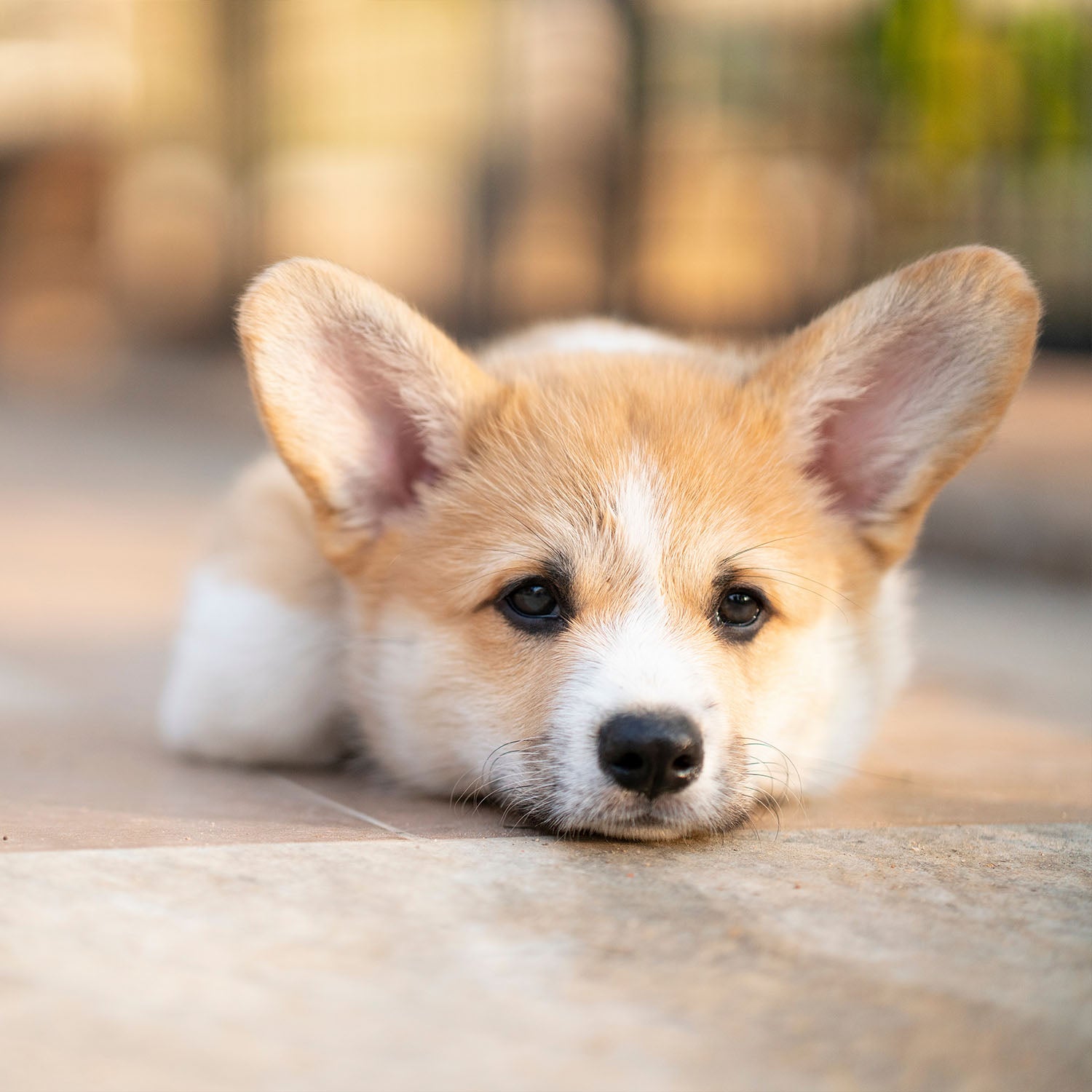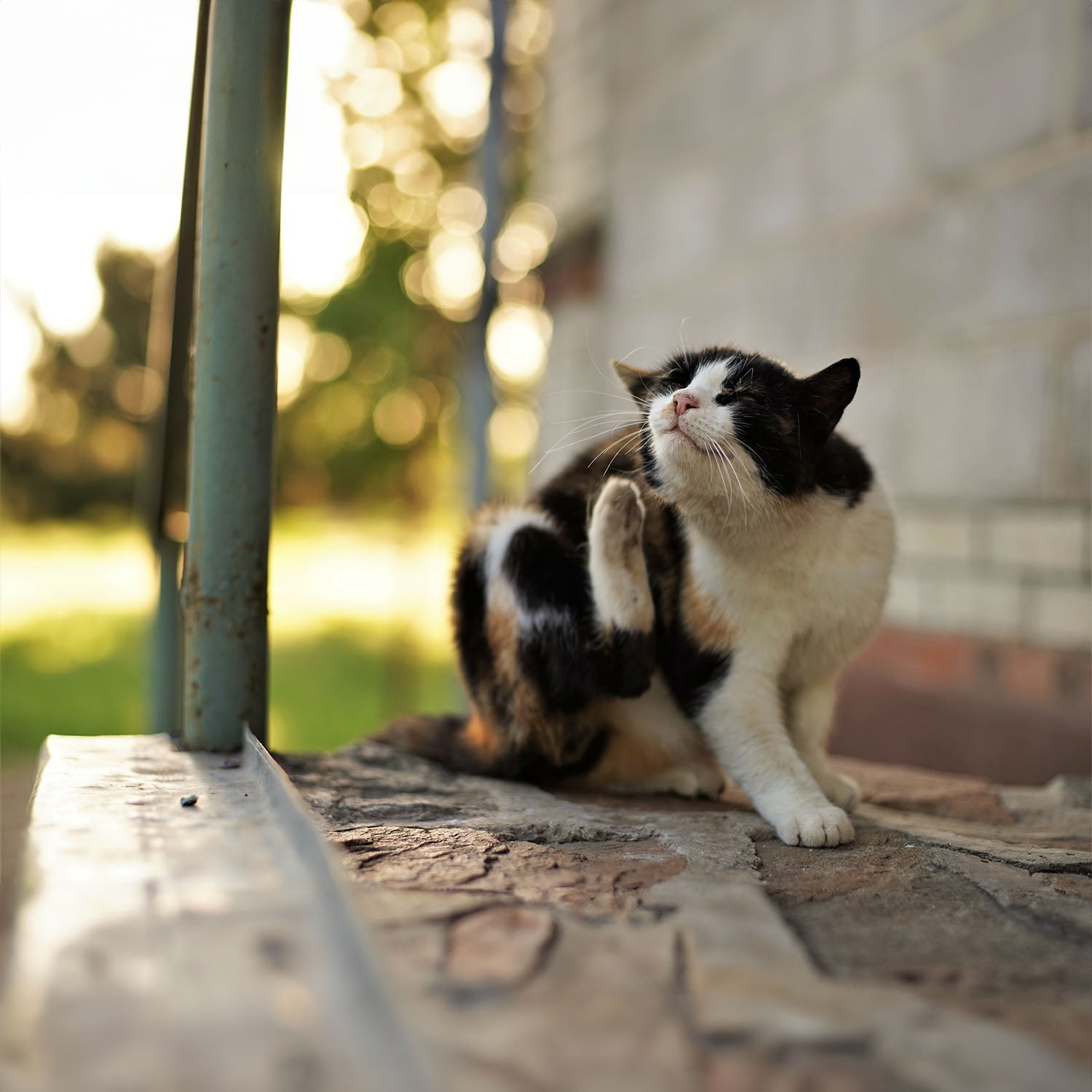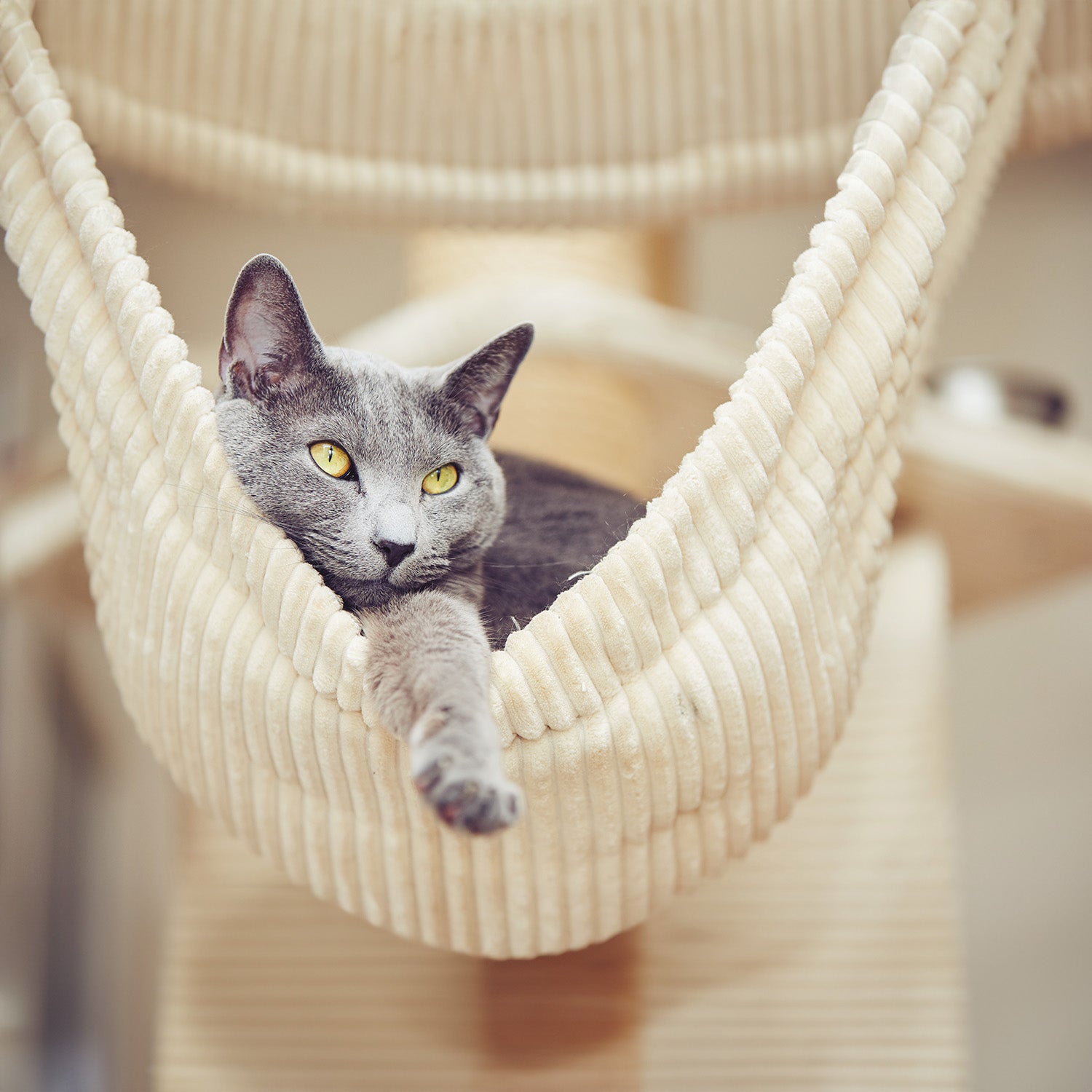News
Are You at Risk? The Surprising Dangers of Cat Litter
The risk posed by cat litter to humans varies depending on factors such as hygiene, the cat's health, and the type of litter used. Clean cat litter is generally less risky than dirty litter. Let's explore the potential hazards, including...
The Importance of Exercise for Your Healthy Pet's Health
The welfare and physical condition of your active pet are of utmost significance to you. However, it is possible that you are overlooking a crucial element of healthy pet well-being. Their physical activity. Similar to human beings, healthy pets require...
Leaving Your Cat Alone: Avoid these 10 common mistakes
Each cat possesses its own distinct characteristics; it is generally good for most healthy adult cats to stay at home alone and remain unaccompanied for the typical duration of an eight-hour workday. Nevertheless, if an individual is consistently absent for...
Dog Breeds That Are Good With Cats
In contrast to the popular expression "fighting like cats and dogs," there are many canines that are compatible with cats. If you are looking for dogs that get along well with cats, it is beneficial to have one of those...
How To Travel With Your Pet This Holiday Season?
The season of the holidays is characterized by the experience of joy, fostering a sense of togetherness, and the opportunity to forge enduring memories. For a significant number of individuals, this entails the inclusion of their cherished domesticated animals in...
What to Do When Your Dog Is Sick?
Observing your fur friend in pain is not enjoyable. When he's sick, he looks to you, his owner, to stand up for him. The first thing you should do is identify when your dog is ill, and then you should...
How Do You Get Rid of Cat Fleas?
Flea infestations can affect not just you but also your cat and anybody else who uses your furniture. A good cat flea treatment is the first of many achievable measures you can take to safeguard your house and pet against...
Household Items That Can Harm Your Cat
"Curiosity killed the cat" is a saying you've heard. When it comes to unintentional poisoning brought on by inquisitive cats getting into items that may be considered poisonous household items like soda drinks, laundry detergents, or cut flowers, that may be...
Beyond Mischief: The Reasons Why Cats Knock Over Things
Whether you find this entertaining, aggravating, or a little bit of both, cats knocking stuff over is an undeniable reality. They will knock stuff off tables and desks, among other raised surfaces. Is there a purpose behind their actions, or...
